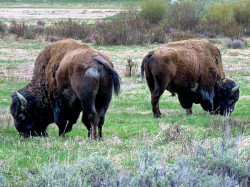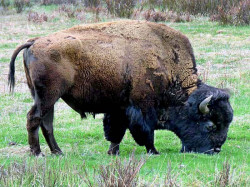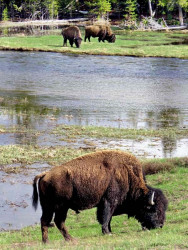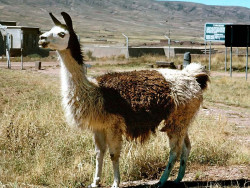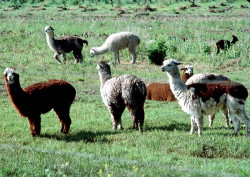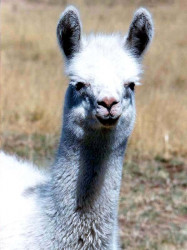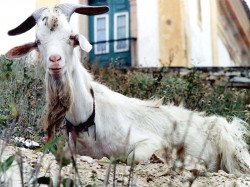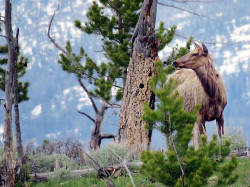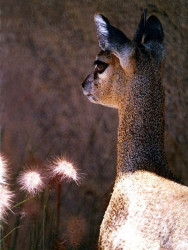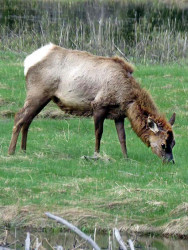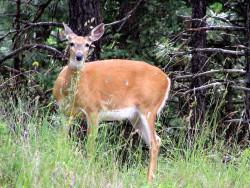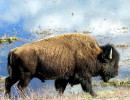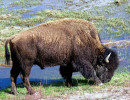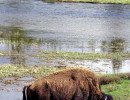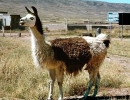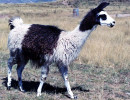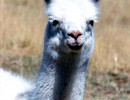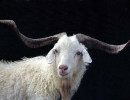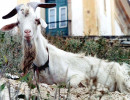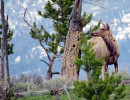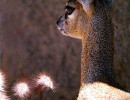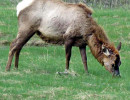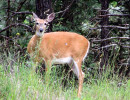Herbivores
-
49. North American Buffalo in Wyoming 3 800
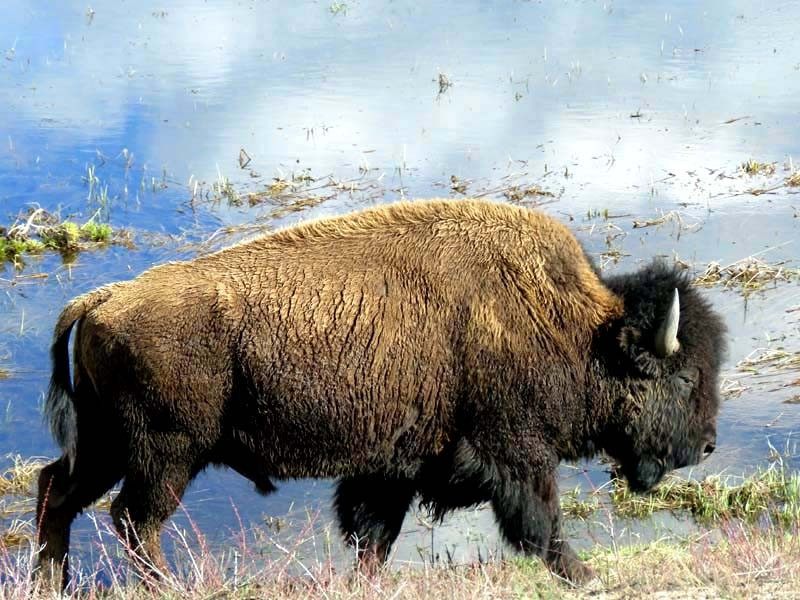
-
50. North American Buffalo in Wyoming 4 800
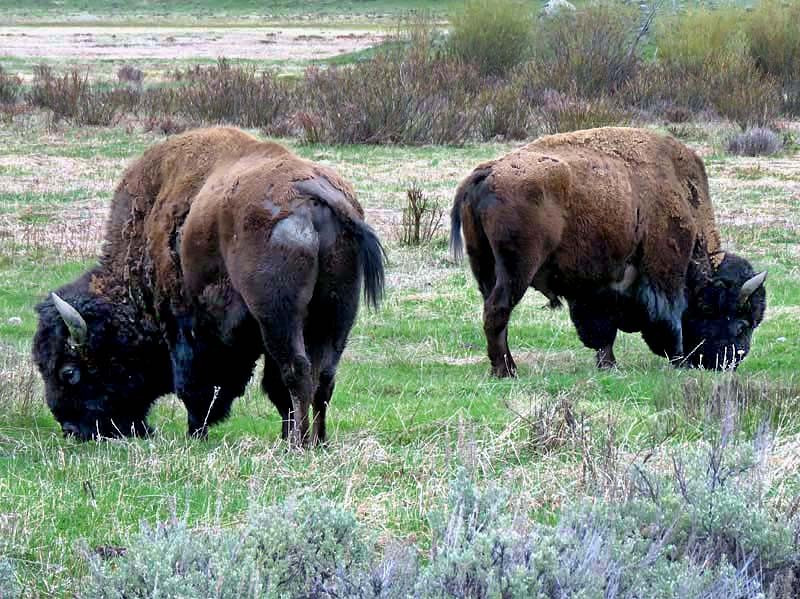
-
51. North American Buffalo in Wyoming 5 800
-
52. North American Buffalo in Wyoming 800
-
48. North American Buffalo in Wyoming 2 800
-
13 Male llama in the mountains of Chile 800
-
36 An alpaca in southern Chile 800
-
14 Small herd of llamas in the high mountains of Chile 800
-
9 Alpaca in the Alitplano of Bolivia 800
-
24 Group of Vicunas in the Patagonia 800
-
17 White Brazilian Billy Goat 800
-
26 Neighborhood billy goat in the streets of Brazil 800
-
55. Mule deer in Yellowtone National Park 800
-
56. Mule deers in Yellowtone National Park 800
-
12 Doe grazing in Yellowstone National Park 800
-
54. White tailed deer in Yellowstone 800
-
57. Deer in Washington s forest 800
Herbivores
Herbivores are animals adapted to eating plant material, for example, foliage or marine algae, for the main component of their diet. As a result of their plant diet, herbivorous animals typically have mouthparts adapted to rasping or grinding. Horses and other herbivores have wide flat teeth that are adapted to grinding grass, tree bark, and other tough plant material.
A large percentage of herbivores have mutualistic gut flora that helps them digest plant matter, which is more difficult to digest than animal prey. This flora is made up of cellulose-digesting protozoans or bacteria.
Two herbivore feeding strategies are grazing (e.g. cows) and browsing (e.g. moose). For a terrestrial mammal to be called a grazer, at least 90% of the forage has to be grass, and for a browser at least 90% tree leaves and twigs. An intermediate feeding strategy is called "mixed-feeding". In their daily need to take up energy from forage, herbivores of different body masses may be selective in choosing their food.
















